
Complete NAPLEX® Online Course Review Includes
Complete NAPLEX® Online Course Review Includes
The NAPLEX® course review is a crucial step in advancing your nursing expertise. UMock Qbank is the most effective resource to include in your preparation, offering the latest clinical content to guide you toward success. With its up-to-date material and comprehensive approach, this course review will equip you with the knowledge and confidence needed to pass your NAPLEX® exam.

The NAPLEX® course offers interactive lessons, mock exams, and case studies that replicate real exam conditions.
Our course ensures you’re studying the most current and relevant material for NAPLEX® success.
Access a wide range of thoroughly reviewed, high-quality content designed to help you master every aspect of the NAPLEX® exam, from drug therapy to patient safety.
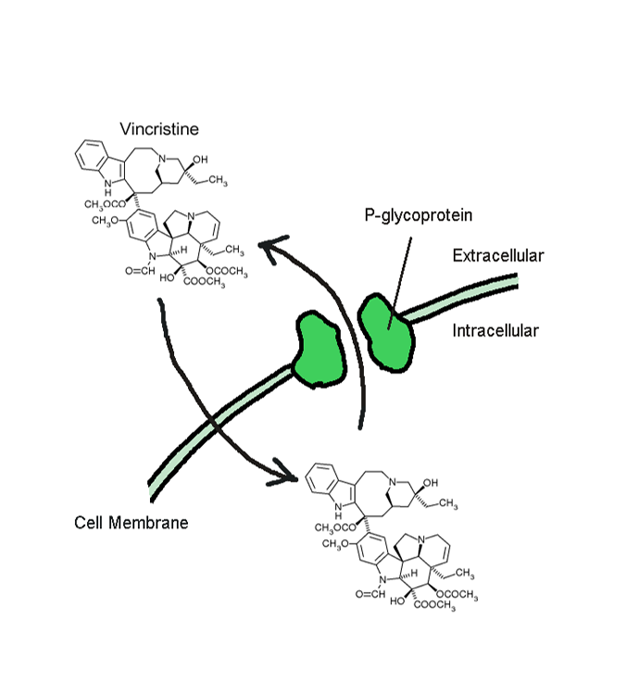
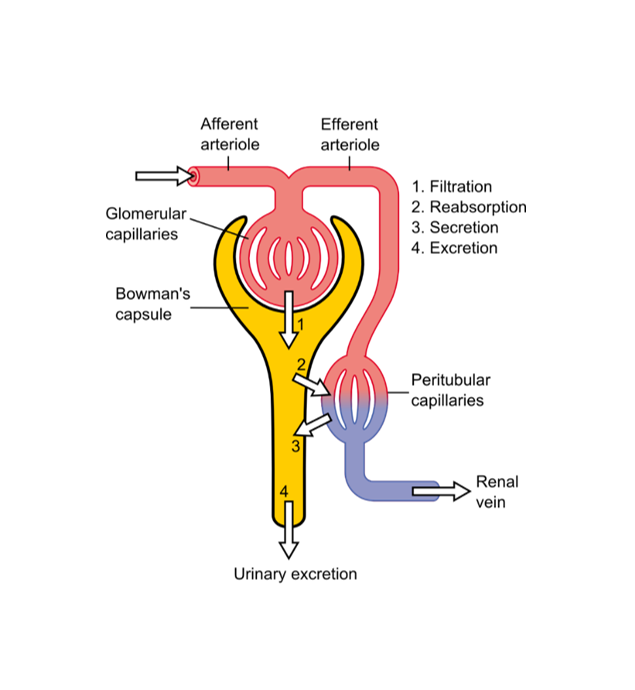
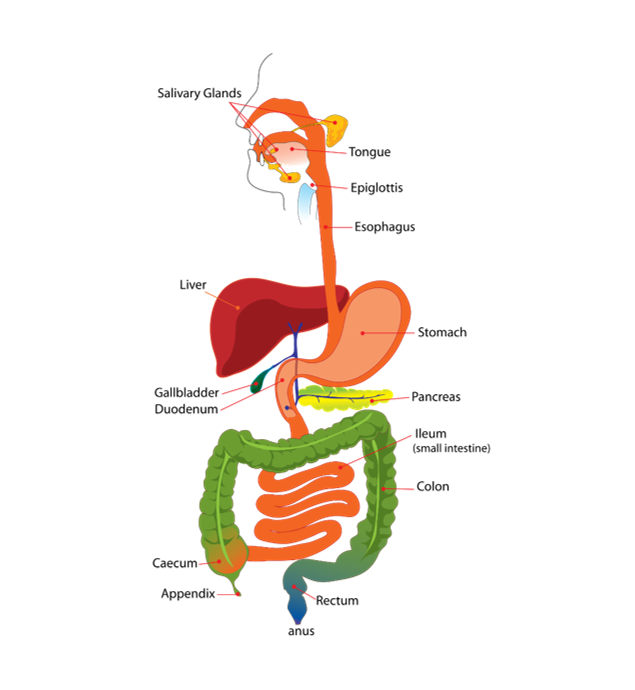
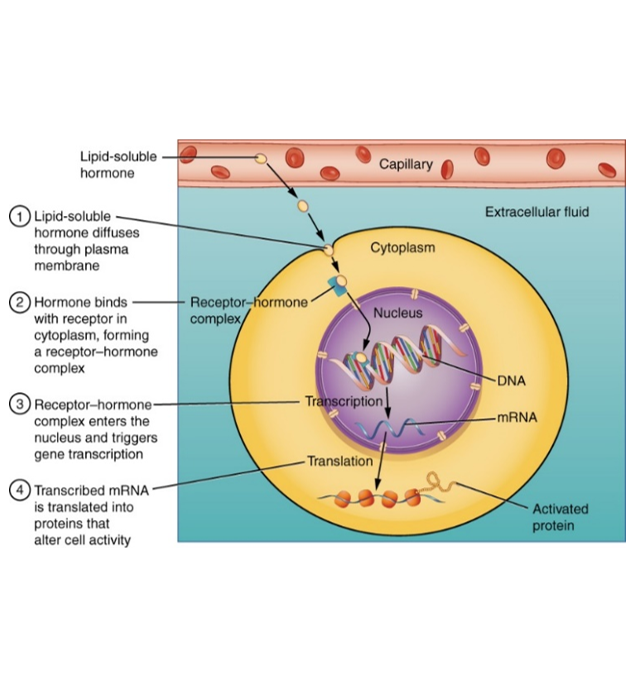
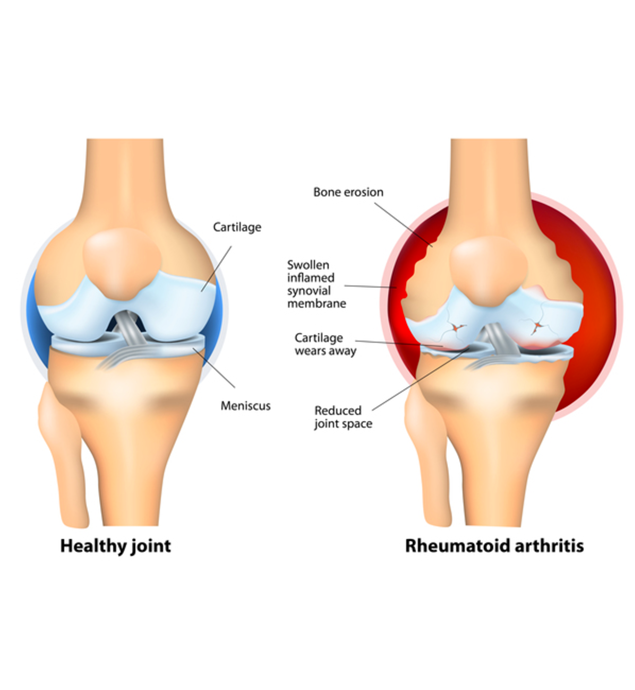
The Graphical Study Course Review is designed to enhance your learning through visually engaging materials.
With diagrams, charts, and infographics, complex concepts are broken down into easy-to-understand visuals, making it easier to grasp key topics.
This approach caters to visual learners and offers an interactive way to study, ensuring that you retain important information while preparing for the NAPLEX® exam.
Why UMock
This NAPLEX® course review provides an extensive breakdown of all the core topics you need to master, from drug classes and medication management to pharmacy law and patient safety.
By covering all aspects of the exam, this course ensures that you’re well-prepared for both the written and clinical portions of the NAPLEX®.
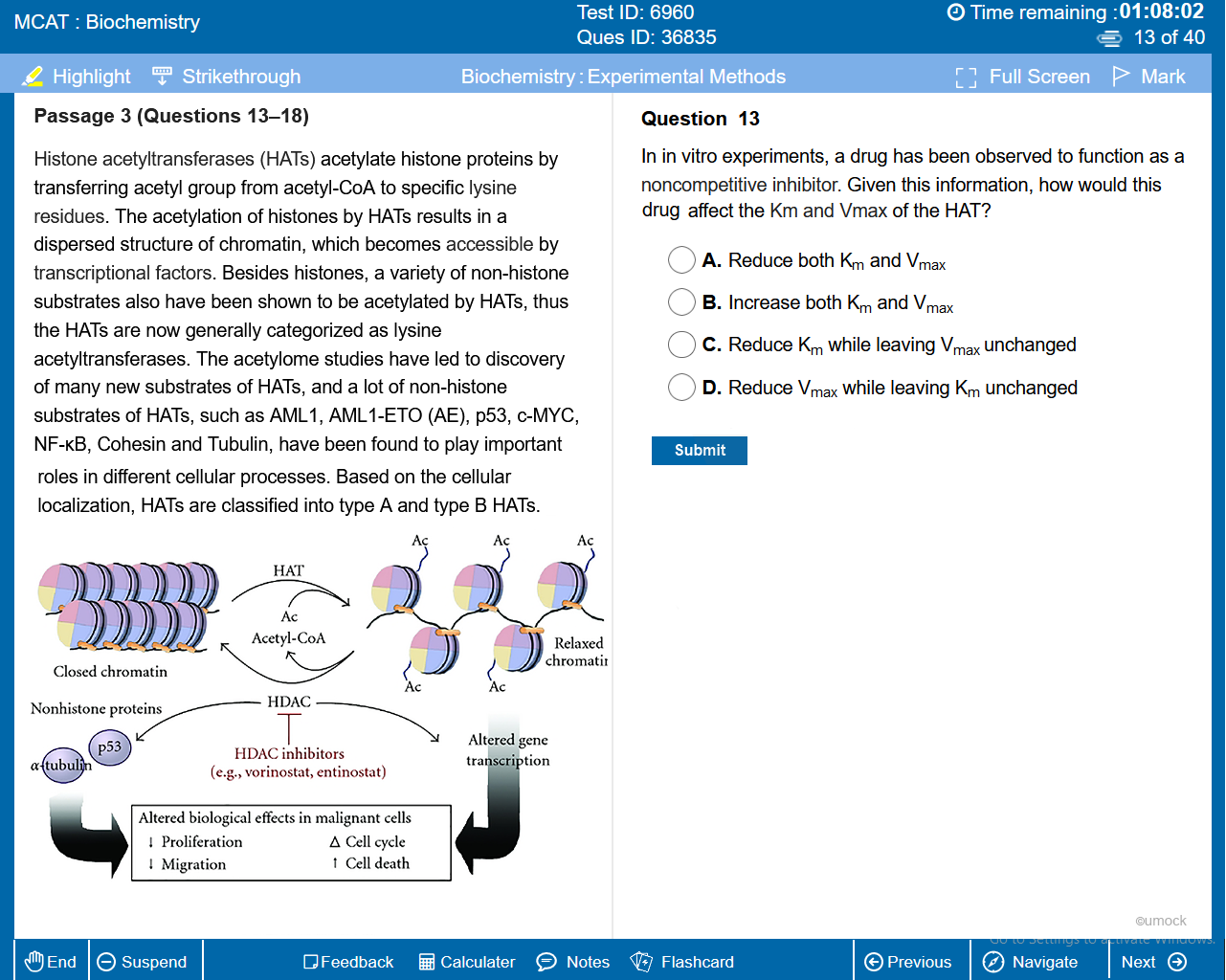
The team behind UMock NAPLEX with Perfect scores
Each subject review was written by students from Yale University with perfect exam scores. Each subject is condensed into an exceptionally easy-to-learn format with engaging content to more effectively retain concepts.
Pharmacist
Kushali is a P4 pharmacy student at Ernest Mario School of Pharmacy at Rutgers University. Kushali began the program directly out of high school, where she was in the top 10% of her graduating class. She is on track to receive her PharmD degree. She currently has five years of experience working in the retail pharmacy setting. Kushali has also been involved in a research project led by her preceptor during her introductory pharmacy practice experience. In this endeavor, the PharmD candidate conducted a medication use evaluation by assessing almost 300 patient charts for appropriate antibiotic prescribing practices. At the moment, Kushali has just began her advanced pharmacy practice experience and is working at an ambulatory care clinic. Upon graduation, she hopes to pursue a career in medical writing as a PharmD.
PG5 PhamD Program
Scott Yi is a PharmD Program at the Ernest Mario School of Pharmacy at Rutgers University, New Jersey. Scott is a 5th year pharmacy student who's completed medicinal chemistry, as well as various pharmacotherapy modules, classes that are considered to be the most challenging of the curriculum. Scott am a member of iPHO (Industry Pharmacist Organization) newsletter committee, and was active in the annual VIP (Value Industry Pharmacist) Clinical Case Competition the year prior.
PhamD Program (PG4)
Noni Theocharides is a 4th-year pharmacy student pursuing her PharmD degree at the Ernest Mario School of Pharmacy (EMSOP) at Rutgers University, New Jersey. She has excelled academically through her studies and research and professionally in her role in clinical pharmacy and as a professional tutor. Alongside her peers, Noni has held leadership positions clubs like the American Pharmacists Association (APhA) and the Hematology Oncology Pharmacy Association (HOPA). She has published articles in the EMSOP Chronicles – an interdisciplinary journal – and in the Journal of Hematology Oncology Pharmacy (JHOP). Noni has earned Dean’s list throughout her academic career and looks forward to furthering her pharmaceutical knowledge.
Pharmasist (PhamD)
Gwyneth recieved her Bachelors of Arts and Doctorate of Pharmacy from the University of the Pacific School of Pharmacy, California. She is currently working in an independent pharmacy practice. Her professional interests include digital health, medical communications, and exploring fields in the pharmacuetical industry.
Concepts and principles that accurately correspond to the test plan
Every topic presents information essential for answering tough questions
Save time studying content written for exactly what you need to know
Your Top Questions, Answered
Advanced AI Model: Ask More of AI
“Even if I didn’t fully know how to phrase my question, it seemed to understand what I was asking and it gave a great answer!”
- Thomas G., Real AI Tutor User
